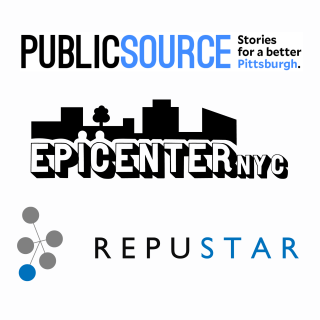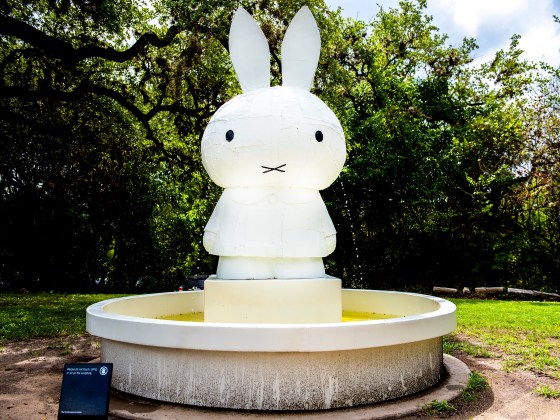
I dropped my inflatable tiger and stepped onto the balance beam.
“This is annoying,” I thought to myself as I walked across the beam during my first gymnastics class at the local gymnastics center.
I jumped off at the end of the balance beam and stood with my arms out, knowing I hadn’t followed directions.
“Wait,” said my gymnastics teacher, catching me. “Don’t forget to hug yourself!”
I reluctantly wrapped my arms around myself. My teacher wanted us to comfort ourselves after the supposedly scary jump, but I wasn’t scared.
I was only 5 years old, but I felt like the teacher was treating my classmates and me like babies, and I didn’t like it.
Resisting my cultural expectations
Even back in kindergarten, I resisted being told what to do, whether it was because of my age, size, ethnicity, race or any other reason.
At my third-grade open house, I remember another Indian mom talking to mine, saying she hoped her kid would become friends with me.
I felt icky hearing what she said. I’d be their friend, sure — but I didn’t like that it was expected of me just because we were both Indian-American.
That’s not to say I rejected my Indian-American identity entirely. My best friend in kindergarten was Indian-American, and she actually came to that first gymnastics class with me.
I loved singing songs during pujas (Hindu prayer rituals) and picking out the perfect kumkuma (the colored dot worn on the forehead) to match my churidar (Indian clothing).
Rebelling against a prescription for my life
But outside of my home and my parents’ Indian circles of friends, being Indian-American started to feel like a prescription for my life.
I was supposed to be friends with the other Indian-Americans, to represent Hinduism in my seventh grade social studies class and to take up the same sports and activities some of the other Indian-Americans in my school. I felt like I was in a box and naturally rebelled against it.
Resisting my teachers’ directions and my culture’s expectations were the first ways I stood up for myself when I was young. As I got older, I started putting together words to fight back against the things around me. I saw discrepancies between what people said or did and what I felt to be right or wrong.
On the bus in middle school, I stopped the other kids when they said “That’s so gay” about something they thought was uncool. I told them in a jumbled, but passionate way that it was hurtful because being gay wasn’t a bad thing.
In high school, I was editor-in-chief of the student newspaper and represented the paper in arguments with our administration about unfair edits. About once a month, right before we would publish an issue, I’d be called into the principal’s office, usually by myself, to stand up for our paper, writers and the stories we wanted to tell.
Fighting for my high school paper
At 17 years old, I was exhausted by the meetings, which rarely went well. The principal and assistant principals often diluted our stories, including one about high school party culture and another one about transparency during a school safety threat.
By the end of my senior year in high school, it was harder to speak up. The ongoing feelings of defeat with the administration did a number on my confidence.
Of course, I’d lost battles before. I never got to have ice cream for breakfast as a kid, I didn’t get the secondhand piano I wanted and I didn’t get into my top college choice.
But fighting my school’s administration month after month was different.
Because of other tensions between students and with the administration, their critiques of the paper often felt like personal jabs at me – and it made me question myself when I was standing up for our newspaper’s stories.
Although sometimes other staffers or our adviser would come to the meetings with me, as editor I often headed into those meetings alone.
That doubt followed me when I spoke up in other situations.
With every battle I fought, I felt like I was stranded at sea, with nothing tethering me to the shore. I realized something needed to change.
Building a community to make change
That happened when I was selected for the Asian American Journalists Association’s 2017 student newsroom project, Voices.
I asked a source to release information about their news organization’s leadership diversity, and when they refused, I felt that same sense of defeat.
I talked with an mentor and team of fellow student writers, who explained to me why it was public information that we should be free to have.
I called the source back feeling stronger, supported by the reporting team and making a more convincing point about our story – and including my editor’s tip that we would have to tell our readers if the organization refused to release the information. The source agreed to contact the organization’s leadership individually and give us their self-reported diversity information.
On our conference call later that week, the whole reporting team cheered our win. Getting that information helped our team convince other news organizations to release their leadership diversity details. While some sources still withheld their data, I loved sharing the wins and rebounding after the losses with my supportive team.
Since that project, I’ve harnessed the power of a supportive community, whether trying to make a difference in journalism, or when I witness discrimination or people making biased comments.
Relying on community for support
Earlier this year, I heard one of my professors make a series of inappropriate comments about mental health that upset me. As I did in Voices, I turned to mentors and friends to advocate for that department to encourage more sensitive language in the classroom.
I know the support of a strong community doesn’t magically cure problems, but it makes me feel valued and like I have the potential to make a difference.
These battles still aren’t easy, I’m not always in the right and I don’t always win, but that’s not the point. Standing up alongside a community has given me incredibly valuable relationships and the strength to keep fighting.







You must be logged in to post a comment.